Erika Robuck is no stranger to the challenges of being a writer. She has worked hard for over 20 years to produce a dozen books. Her newest novel, The Last Twelve Miles, was released on June 4th, but she’s giving us a peek into what it took to get here. Much like the women in this novel, Robuck is strong, intelligent, and ambitious, but it takes a lot of determination to be successful as a writer. Though she is now a bestselling author, things didn’t start out that way. Discover what trials her journey held and how she overcame them.
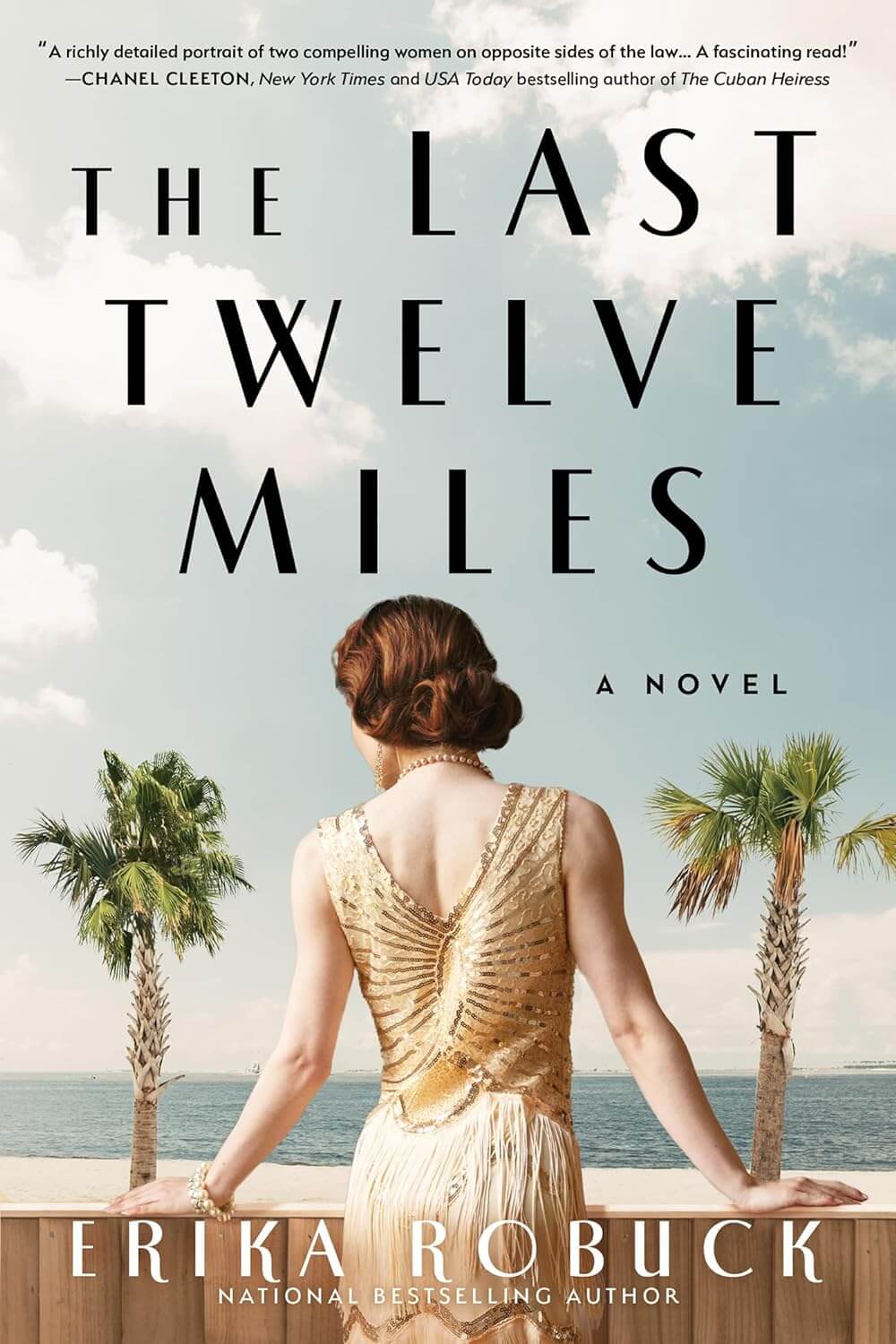
The Last Twelve Miles by Erika Robuck
Elizebeth is a mastermind code breaker in 1926 Washington D.C. Marie Waite is looking for a chance to get some big money, fast. So when she hears the current woman in charge of rumrunning from the Bahamas to the U.S. is stepping down, she plans to take over the operation and make it even bigger than before to help save her family. However, her expansion efforts catch the eye of law enforcement and Elizebeth, who is working to help stop Marie. Each day, they are working hard to outwit the other, but which woman will come out on top?
Buy the book now: Bookshop.com | Amazon | Barnes & Noble
Guest post by Erika Robuck
One hundred rejections! One hundred!
My first novel, a dual period historical ghost story, was rejected by one hundred literary agents.
I submitted it in the days of paper letters mailed with paper pages (increased postage) and self-addressed stamped envelopes that brought rejections back home to the sender. It was like self-cutting. Seeing my own handwriting on the envelope in the mailbox, all the money spent on stamps, and a photocopied, impersonal rejection letter was painful.
Occasionally, however these letters would have a little handwritten note scrawled illegibly, in haste, with praise or suggestion. I clung to these with the ardor of one who had received a love note. It’s such a psychologically unhealthy process. Writers are already a little…off. (I can say this because I am a writer, and I am a little off.) This just added to it. I could fashion a sail for a boat with the amount of rejection letters I received, and that’s just what I needed to sail onward.
Choosing Self-Publishing
Many of the agents who wrote notes said that I didn’t have a platform of any kind, I didn’t have experience, and a dual period novel to start was too ambitious. I weighed all this feedback and decided to self-publish. I had no illusions that my story was the greatest American novel ever written and no one could see my brilliance. I am a practical person. Clearly it wasn’t good enough for traditional publishing or all those side issues could have been dealt with and overcome.
I self-published to create the platform, experience the publishing process, learn to work with an editor, get reader reviews, and visit book clubs. It ended up being a great decision. It didn’t make much money, but what I learned about publishing was invaluable. The overall good that came from the process for me was determination, thick skin, and an attitude of Onward!
Traditional Publishing
Fast forward to my second novel. On a vacation, I was entranced by Hemingway’s Key West house. I came home and wrote a novel set there, where he lived with his second wife. I researched agents who represented exactly the kind of books I write. I sent thirty query letters. I had three agents offer to represent me. I ended up with the brilliant Kevan Lyon. Then, in a moment of serendipity: The Paris Wife, about Hemingway’s first wife, came out and was tremendously successful. When publishers sense a trend, they like it. I had multiple offers from publishers. Hemingway’s Girl was released in 2012, and everything has been smooth sailing ever since.
Ha! No, no it has not always been smooth sailing.
The only thing predictable in this business is unpredictability. Publishers get bought out. Editors get laid off or transfer to other houses. Publishers don’t like new ideas from old authors whose third books with them don’t sell that many copies. (Ouf.) It’s always an adventure, for sure. But here I am, twelve years and ten books later (two self-published—don’t even get me started on my sports parent satire), and I know I’m exactly where I should be. There are a few rejected novels from this decade-plus in the drawer, but I hope they are hibernating and not dead. I’m forever searching for the sweet spot between what captivates me and what will enthrall the market. It is a business after all.
Embracing Unpredictability to Do the Job You Love
Most of all I feel incredibly fortunate that I’ve been able to take so many books to publication. It’s a dream come true. The only part that feels like work to me is self-promotion on social media, but I love everything else about my job. I’m still obsessed with the shadows of history, and I’ll likely continue writing until I can no longer hold a pen.
Writers, please, please do not give up. If you have passion for your story, someone else will too. You will find your audience. If you’ve stalled or have received a hundred rejections, try something new:
- Commiserate with other writers.
- Read in your genre.
- Attend book events.
- Go on historic house tours. (Go to Key West, whether you write about it or not.)
- Become a part of the writing community.
- Give yourself one day to mourn a rejection, then open up your sails the next day and say, Onward!
Be sure to check out The Last Twelve Miles by Erika Robuck.

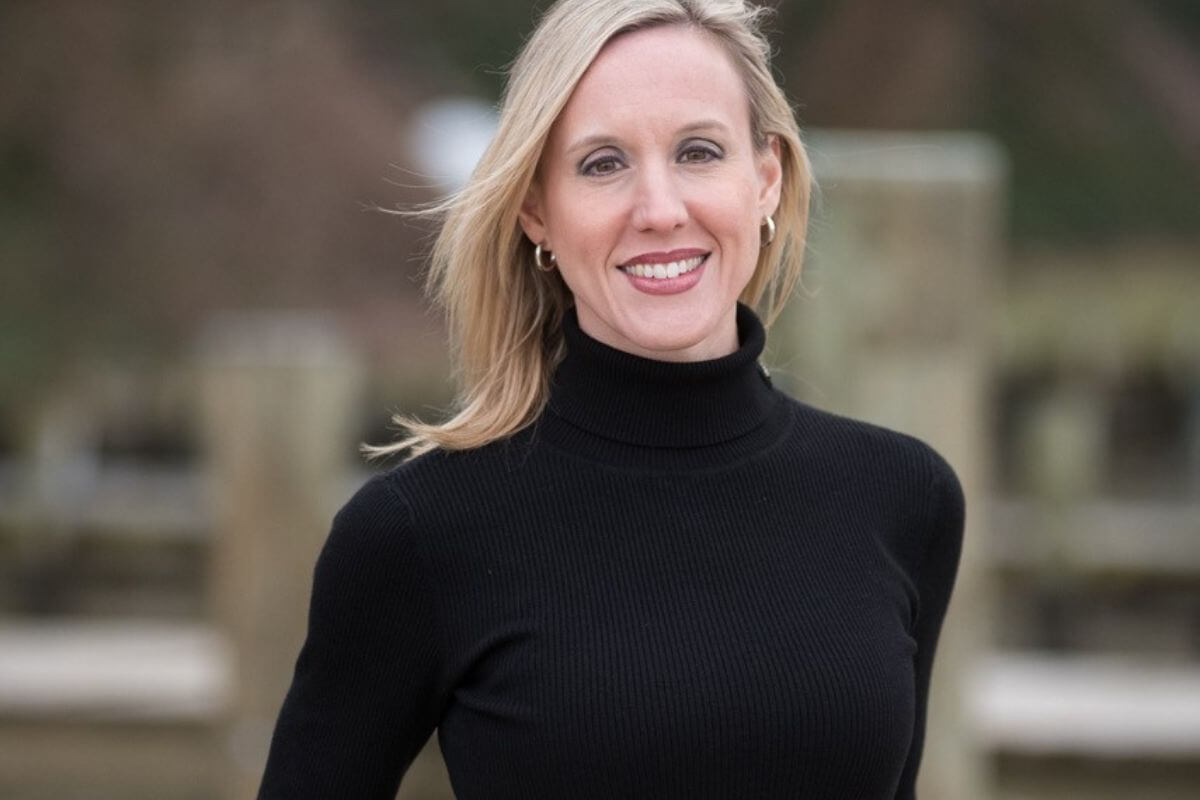
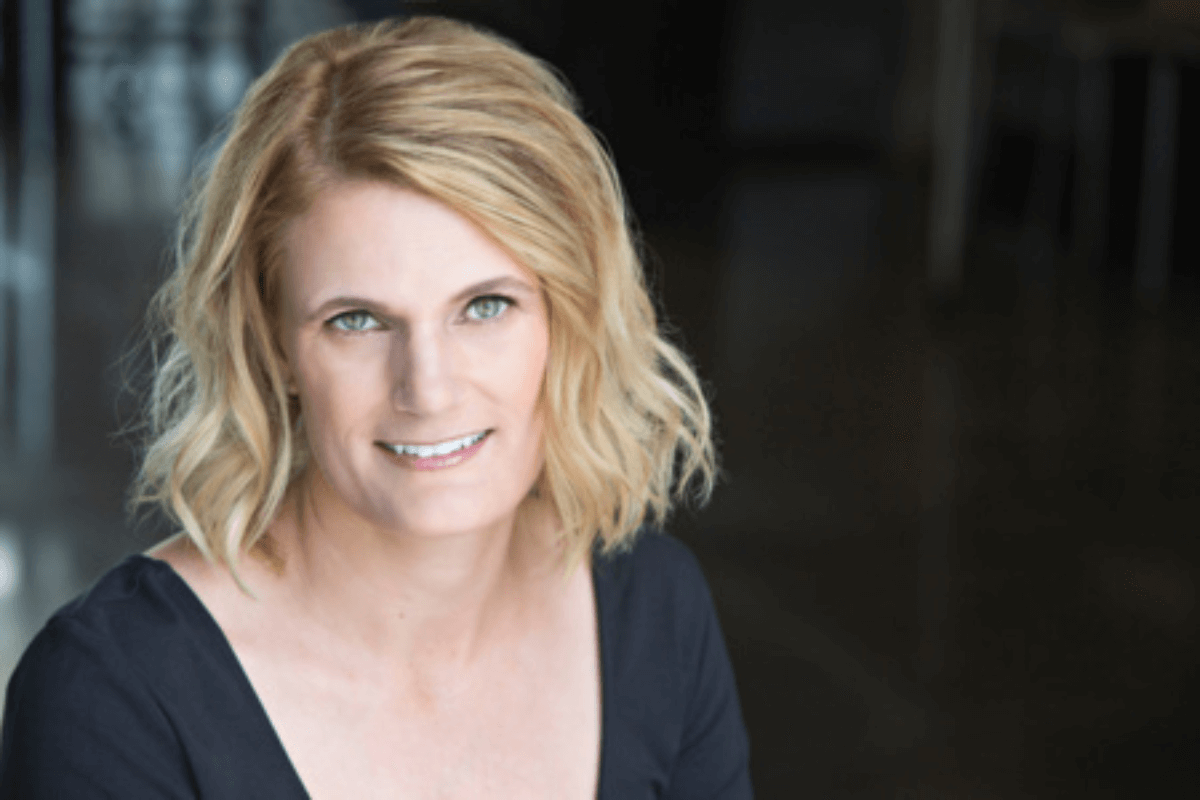
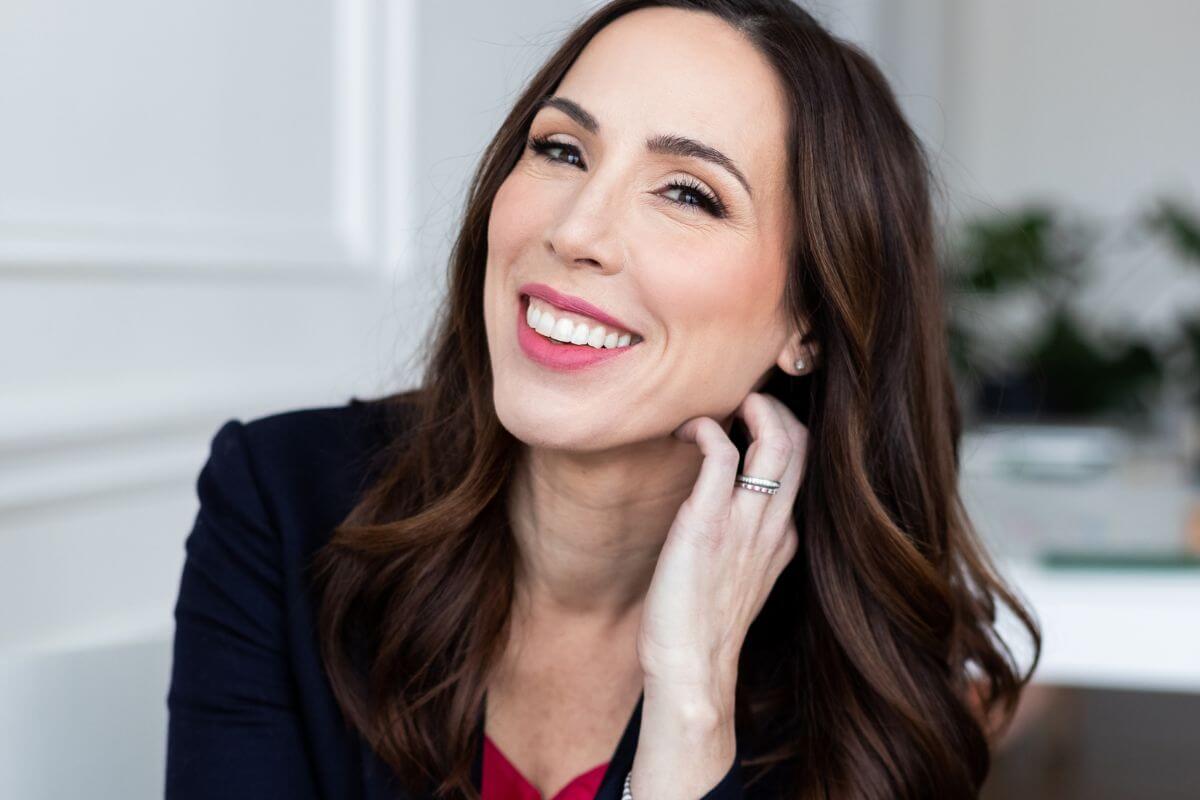
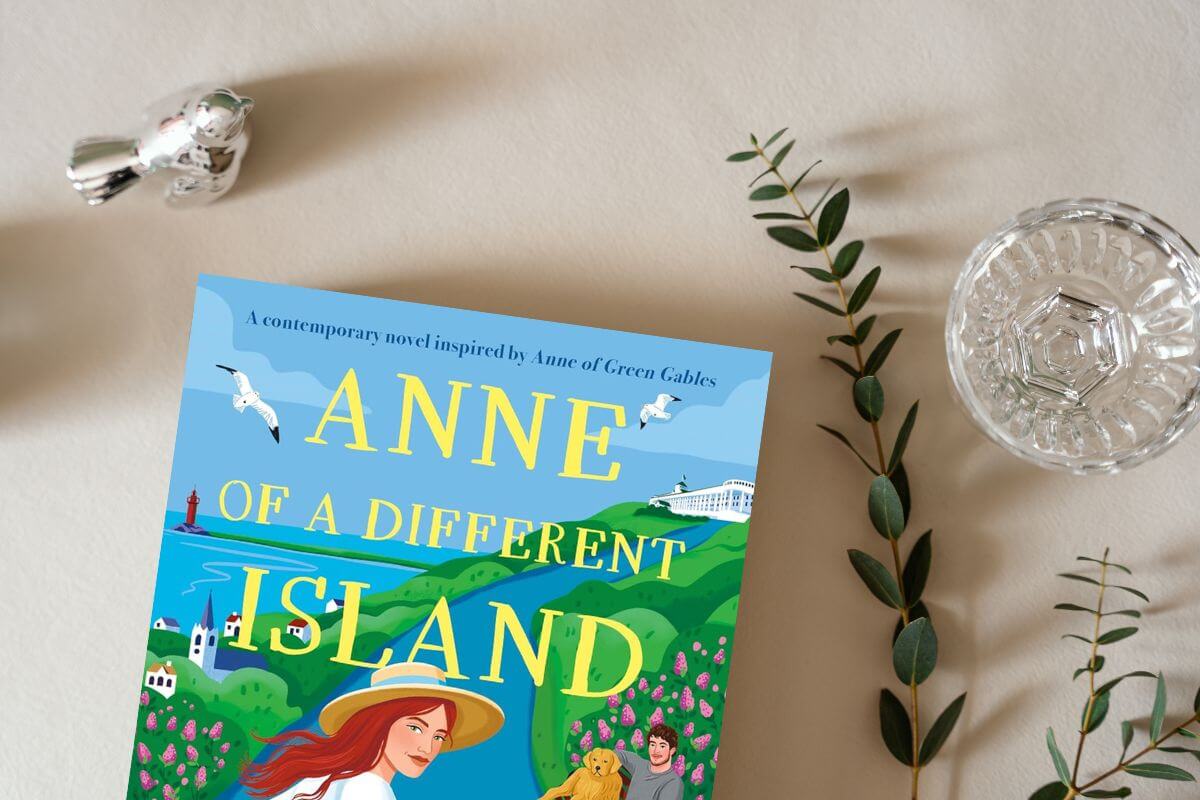
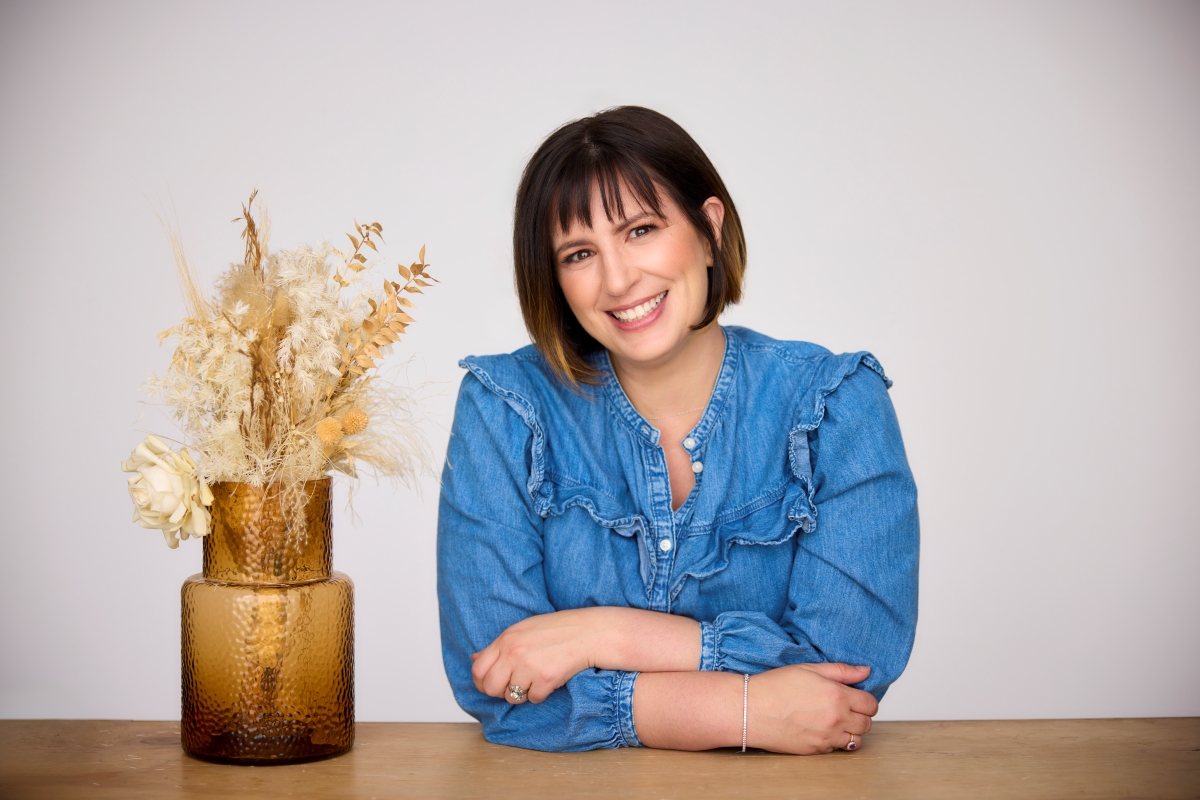
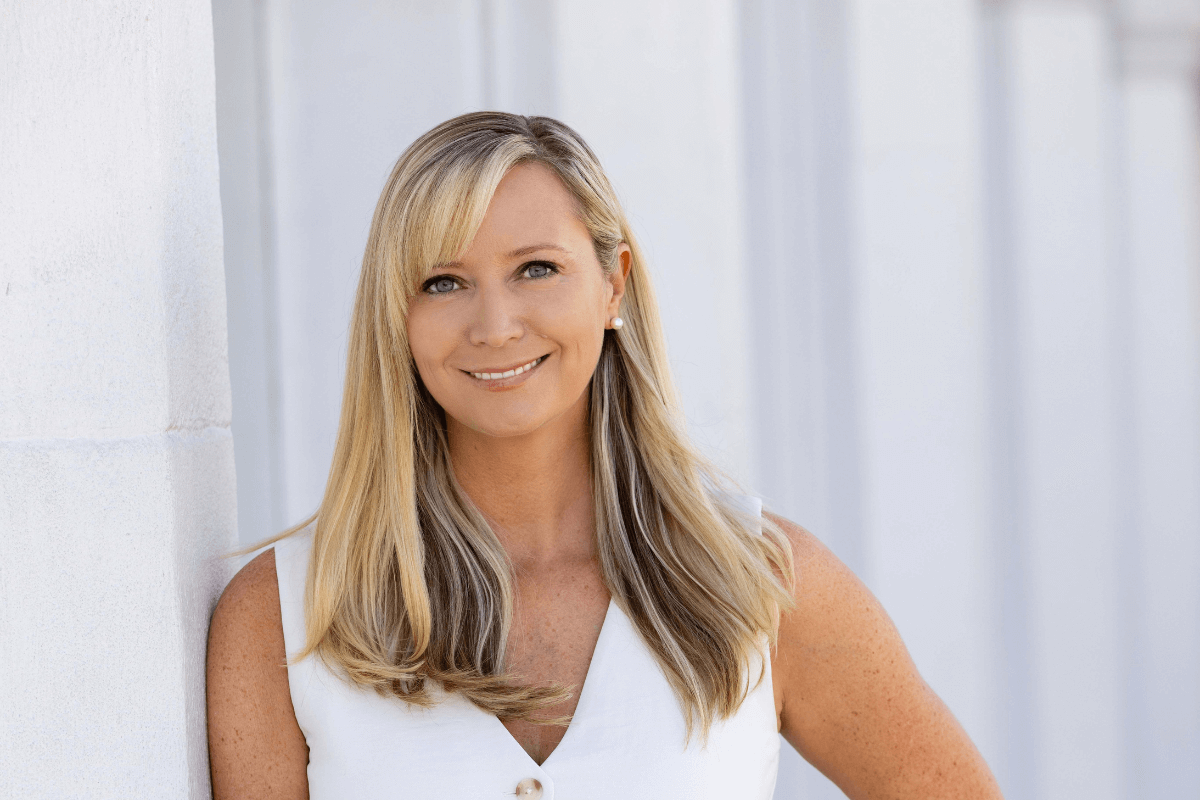
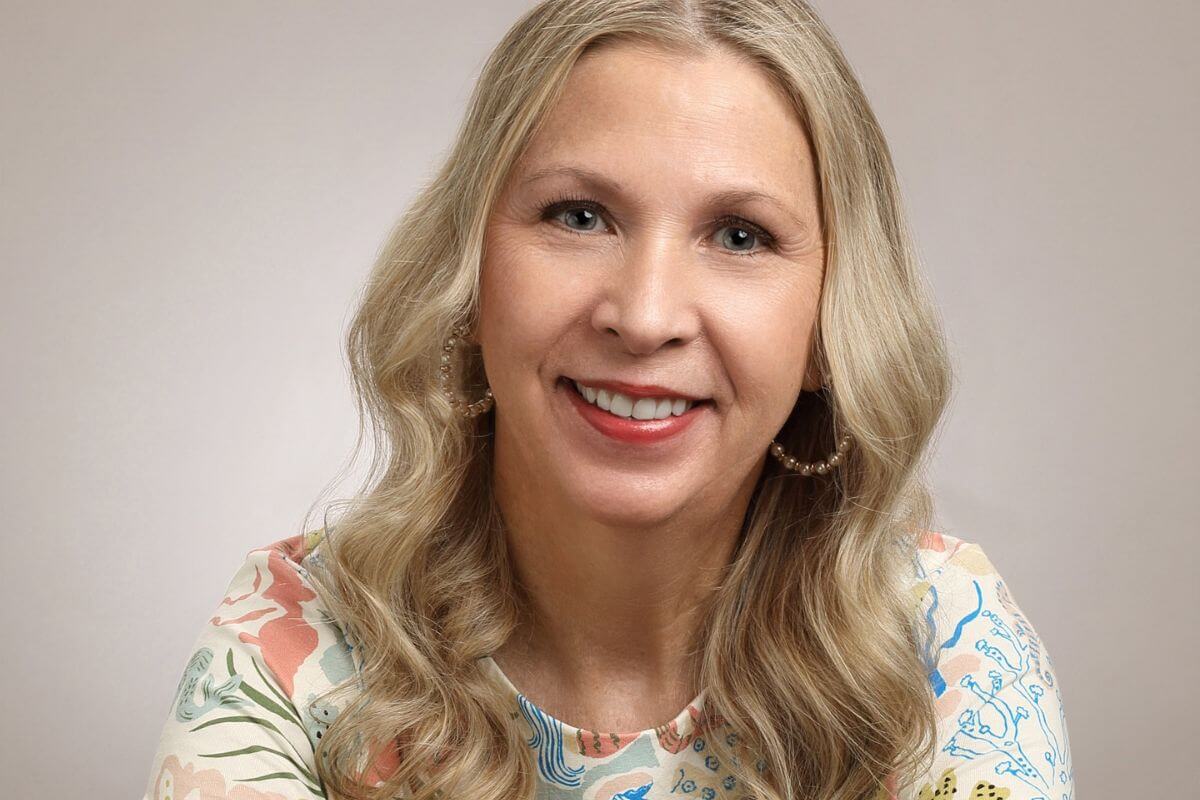
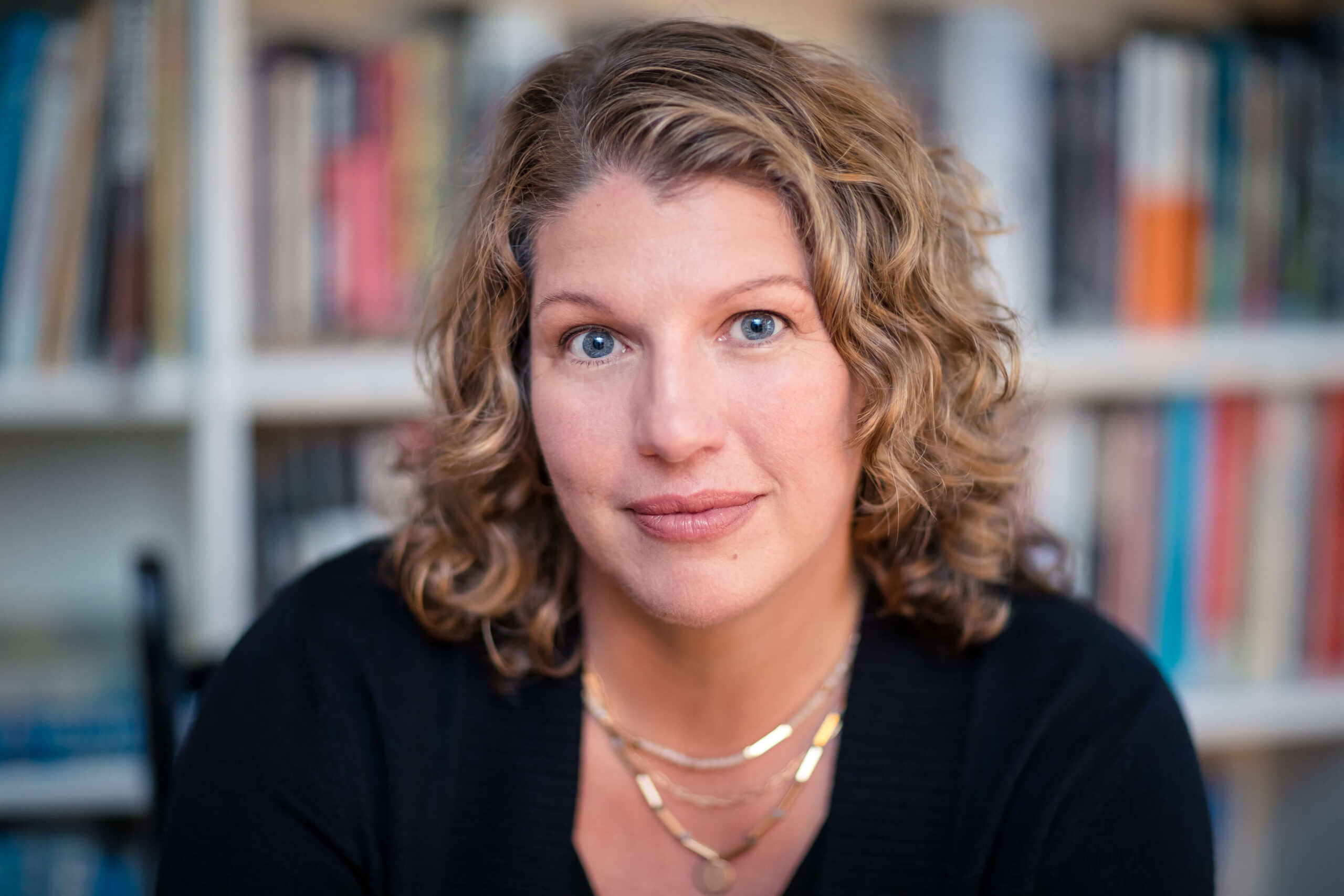

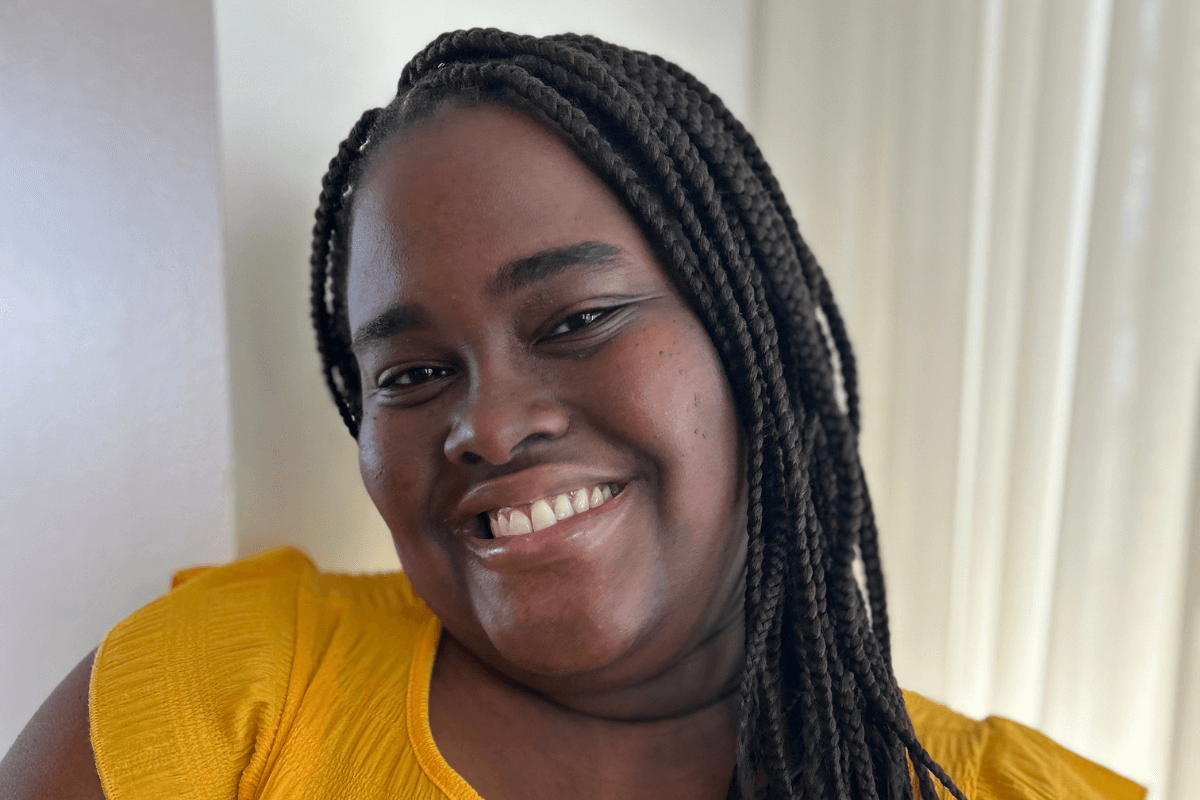



Leave A Comment